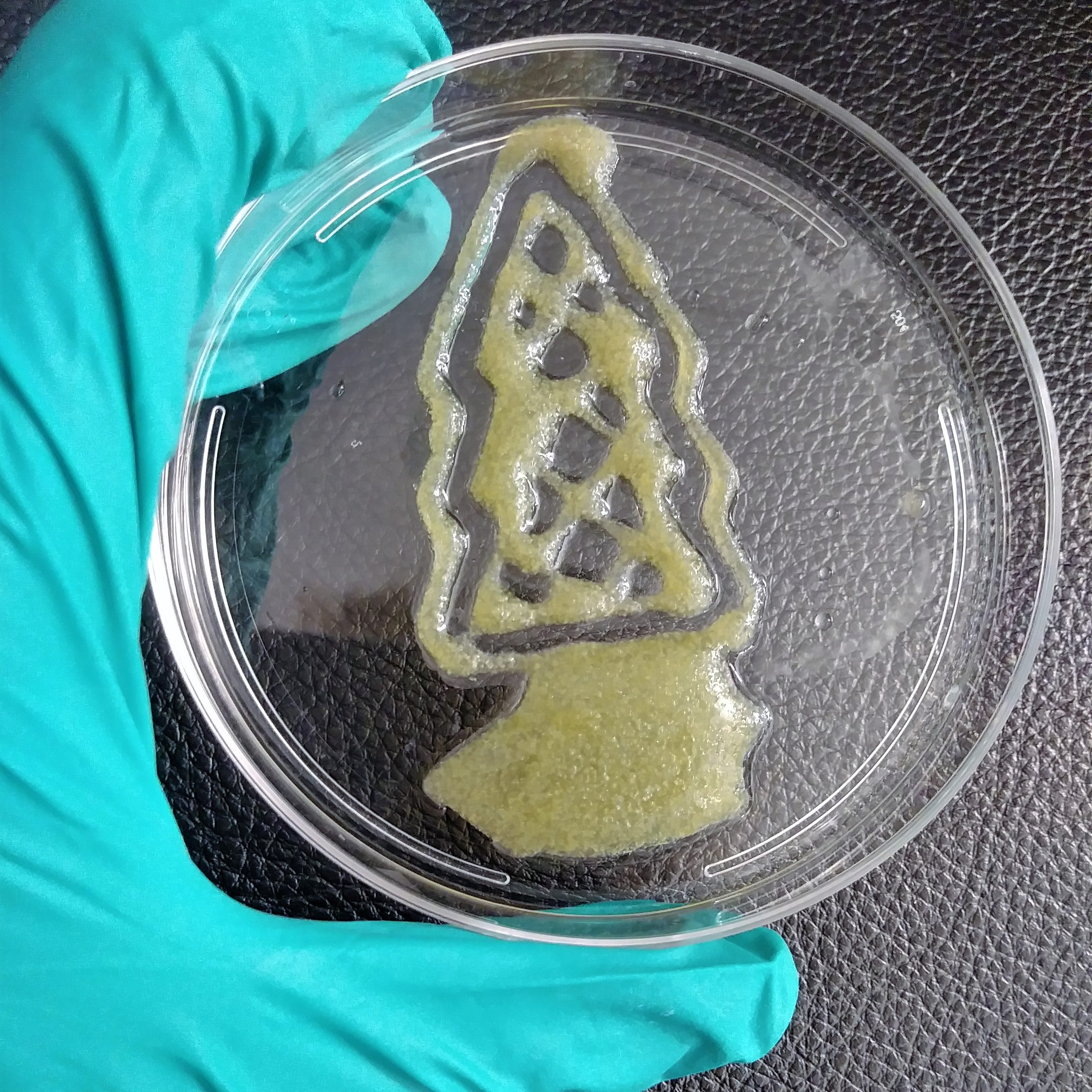Wood without trees
A culture of cells grown from zinnia leaves points to the possibility of generating plant materials in the lab.

Like meat production, logging and agriculture can exact a heavy environmental toll. Now an MIT team has proposed a way to circumvent that by growing certain plant tissues in the lab—an idea somewhat akin to cultured meat.
The researchers, in Luis Fernando Velásquez-García’s group at the Microsystems Technology Laboratories, grew wood-like plant tissue indoors, without soil or sunlight. They started with a zinnia, extracting live cells from its leaves and culturing them in a liquid growth medium so they would metabolize and proliferate.

Next, they transferred the cells into a gel and “tuned” them, explains Velásquez-García: “Plant cells are similar to stem cells in the sense that they can become anything if they are induced to.” By varying the levels of two hormones in the gel, the researchers controlled the cells’ production of lignin, a polymer that lends wood its firmness. The gel itself acted as a scaffold to encourage the cells to grow in a particular shape.
While the technology is far from market ready, the work points to a possible method for producing biomaterials with a much smaller environmental footprint.
“The way we get these materials hasn’t changed in centuries and is very inefficient,” says Velásquez-García. “This is a real chance to bypass all that inefficiency.”
In other words: “If you want a table, then you should just grow a table.”
Keep Reading
Most Popular
Large language models can do jaw-dropping things. But nobody knows exactly why.
And that's a problem. Figuring it out is one of the biggest scientific puzzles of our time and a crucial step towards controlling more powerful future models.
The problem with plug-in hybrids? Their drivers.
Plug-in hybrids are often sold as a transition to EVs, but new data from Europe shows we’re still underestimating the emissions they produce.
Google DeepMind’s new generative model makes Super Mario–like games from scratch
Genie learns how to control games by watching hours and hours of video. It could help train next-gen robots too.
How scientists traced a mysterious covid case back to six toilets
When wastewater surveillance turns into a hunt for a single infected individual, the ethics get tricky.
Stay connected
Get the latest updates from
MIT Technology Review
Discover special offers, top stories, upcoming events, and more.